The Best Time and Ways to Climb Mount Etna

Mount Etna, Europe's tallest active volcano, stands majestically on the eastern coast of Sicily. This natural wonder, with its ever-changing landscape and fiery temperament, has captivated explorers and tourists alike for centuries. This article aims to guide you through the best times and methods to ascend this iconic peak, ensuring a safe and unforgettable experience.
1. Best Time for Ascent
📅 Seasons
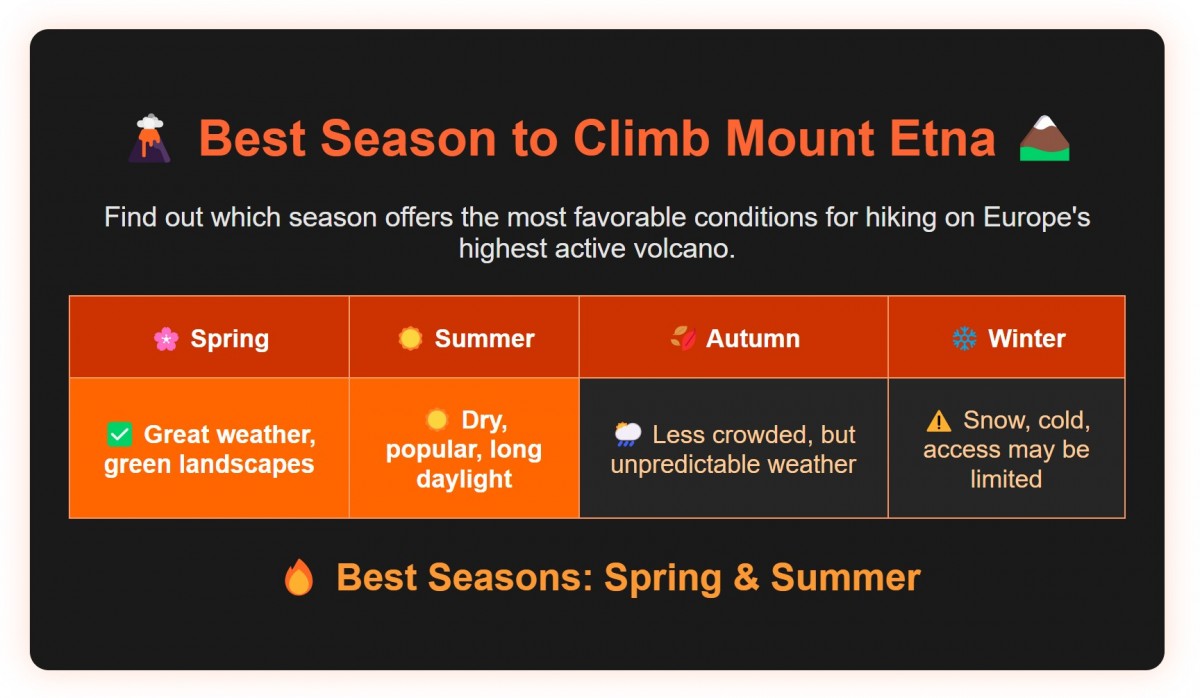
- Spring (April-May): As winter's grip loosens, Etna reveals a stunning contrast of green landscapes and snow-capped peaks. The weather is mild, making it ideal for hiking, while the crowds are still relatively thin.
- Summer (June-September): The peak tourist season offers stable weather conditions and clear skies. However, be prepared for larger crowds and higher temperatures, especially at lower altitudes.
- Autumn (October): A great time for those seeking a quieter experience. The weather is still pleasant, though there's an increased chance of rainfall. The changing colors of the surrounding vegetation add to the scenic beauty.
- Winter (November-March): Access is limited due to snow, but it's possible to enjoy guided snow treks. The volcano takes on a different character, offering unique experiences for the adventurous.
🕘 Time of Day
- Morning: Early risers benefit from the best lighting conditions for photography and smaller crowds. The crisp morning air adds to the invigorating experience.
- Afternoon: As the day progresses, you might catch a spectacular sunset from the upper slopes. The changing light casts long shadows across the volcanic landscape.
- Night: For a truly magical experience, consider a night ascent to witness the sunrise. This requires careful planning and usually a guide, but the reward is an unforgettable vista as dawn breaks over Sicily.

🌦️ Weather
Weather conditions significantly impact the feasibility and safety of climbing Etna. Clear days offer the best views and safest conditions. Always check current forecasts before your ascent. Reliable sources include:
- Meteo.it for general Italian weather
- Windy.com for detailed wind and precipitation forecasts
- The official Etna Park website for specific volcanic area conditions
2. Main Ascent Methods
🚠 2.1 Cable Car and 4x4 Buses
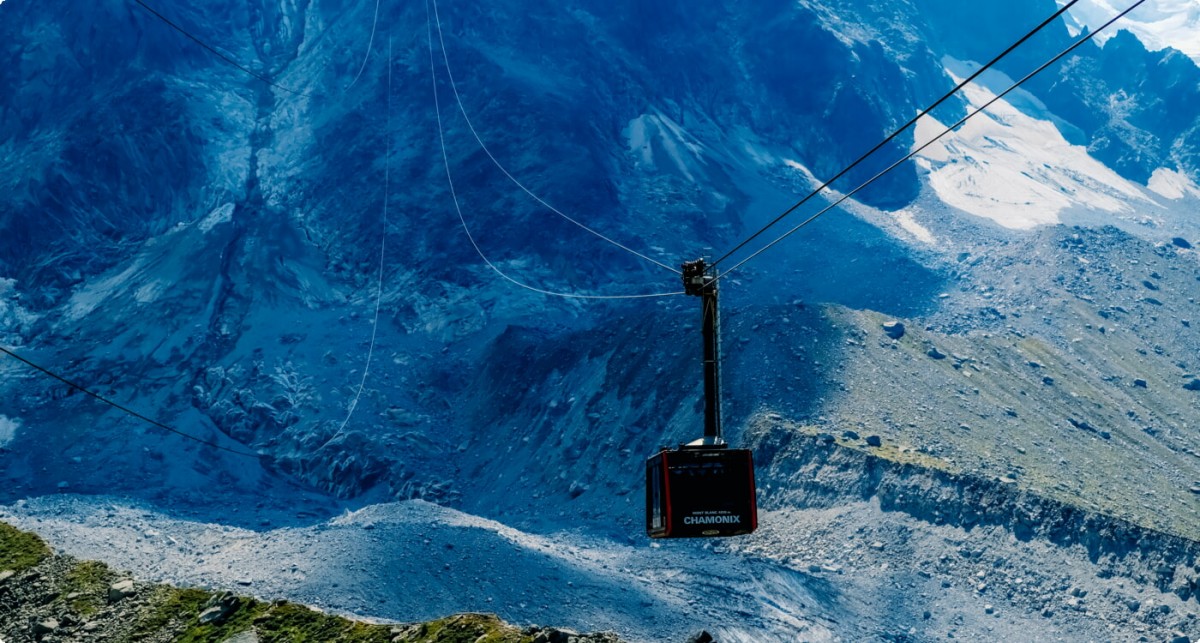
- Starting point: Rifugio Sapienza on the southern slope
- Take the cable car, then transfer to 4x4 buses to reach 2900m
- Accessible for most tourists, including families and those with limited mobility
- Option to hire a guide for further ascent beyond 2900m
🚶♂️ 2.2 Hiking Route
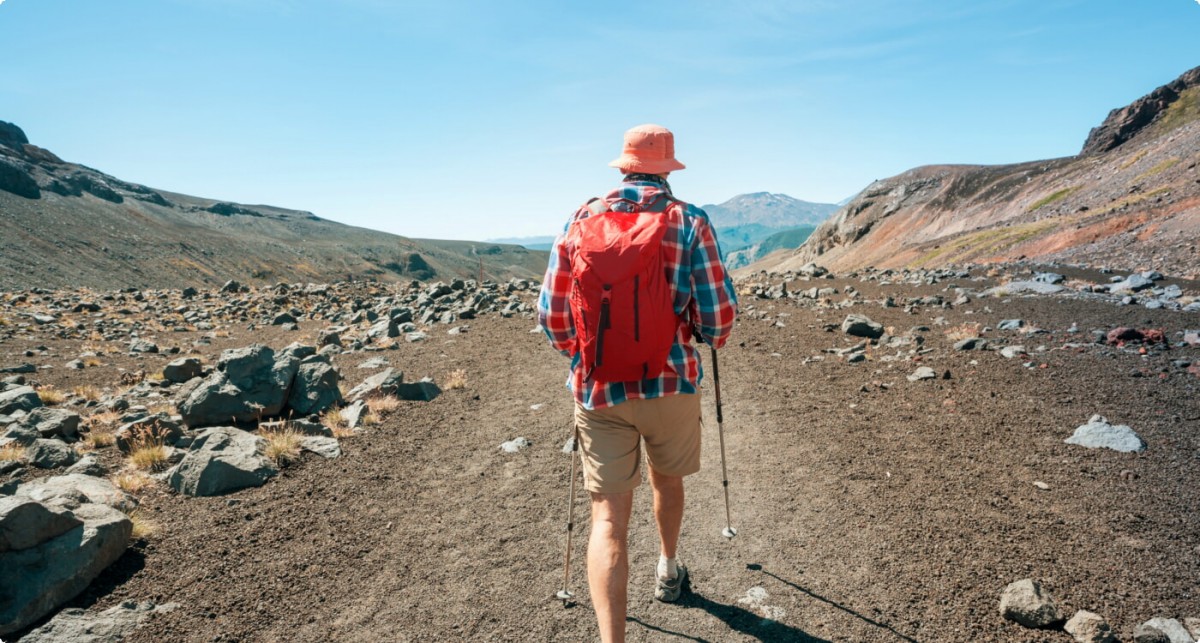
- Begin at Rifugio Sapienza and trek to the summit
- Moderate to challenging difficulty, depending on your fitness level
- Duration: 5-7 hours round trip
- Requires good physical condition, sturdy footwear, plenty of water, and sun protection
🧭 2.3 Northern Route (Piano Provenzana)
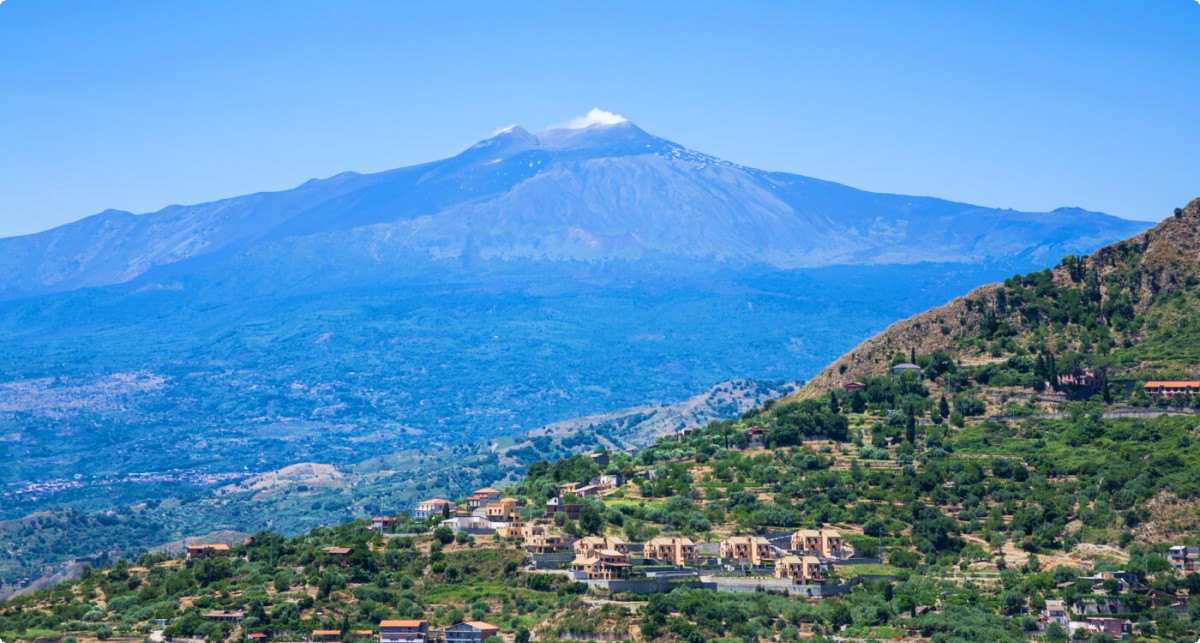
- Less crowded, offering a more serene experience
- Spectacular views of ancient lava fields
- Options for 4x4 tours or guided hikes
- Generally cooler temperatures due to northern exposure
3. Guided or Self-Guided?
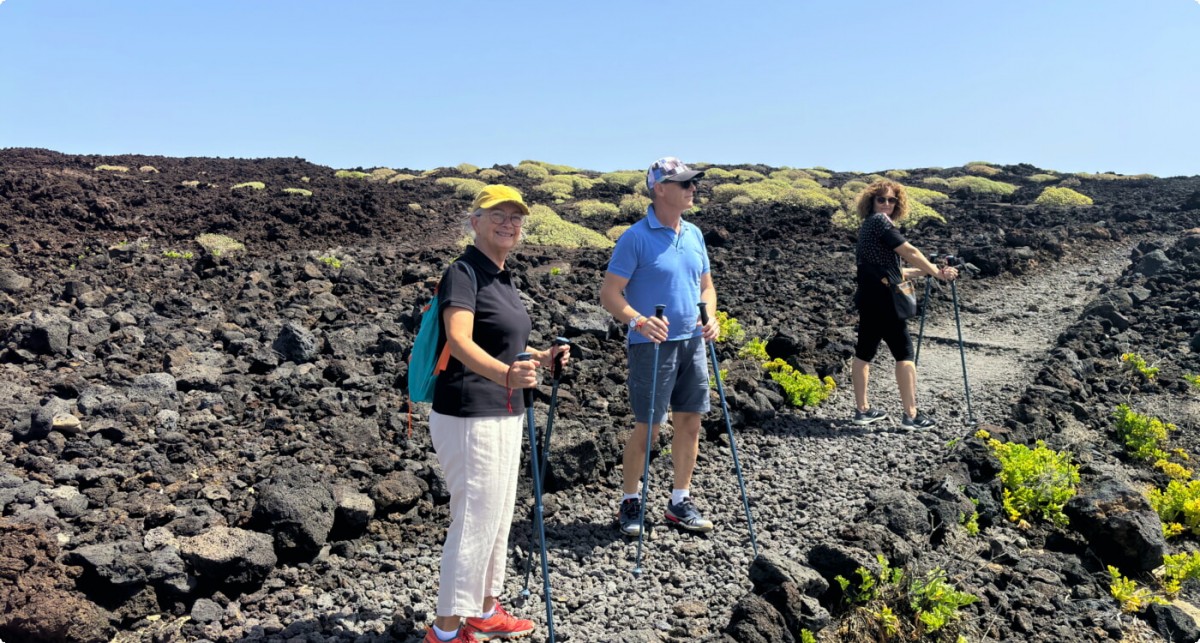
Guided Tours
- Pros: Expert knowledge, enhanced safety, access to restricted areas
- Cons: Less flexibility, higher cost
- Mandatory for ascents above 2900m
Self-Guided
- Pros: More freedom, lower cost, personal pace
- Cons: Limited to lower altitudes, potential safety risks
When choosing a guide, look for official licenses, positive reviews, and fair pricing. For booking Etna guided tours, consider using Cityplanet.org, which offers a variety of reputable options.
4. What to Bring

- Essential gear: Sturdy hiking boots, windproof jacket, sun protection (hat, sunglasses, sunscreen)
- Trekking poles: Helpful for stability on loose volcanic terrain
- Food and water: Pack more than you think you'll need
- Camera or smartphone: To capture the breathtaking views
- Warm layers: Temperatures can drop significantly at higher altitudes
5. Safety and Regulations
- Always check current access restrictions before your visit
- Monitor volcanic activity warnings through the official INGV Etna Observatory
- Stick to designated paths and respect closure signs
- Inform someone of your plans if hiking independently
- Carry a fully charged mobile phone for emergencies
_______________________
Mount Etna offers a year-round spectacle, with each season presenting its unique charm. Whether you choose a guided tour or a self-guided adventure, proper planning is key to a safe and memorable experience. Remember, Etna is not just a mountain, but a living, breathing entity that demands respect and caution.
As you stand atop Europe's highest active volcano, gazing across the Sicilian landscape and the Mediterranean beyond, you'll understand why Etna has captivated humans for millennia. It's more than just a climb; it's a journey through geological time, a brush with the raw power of nature, and an unforgettable adventure.
So pack your bags, lace up your boots, and prepare for an experience that will stay with you long after you've descended from Etna's lofty heights. Just remember: respect the mountain, follow the rules, and let the majesty of Etna reveal itself to you in its own time. Your Etna adventure awaits!